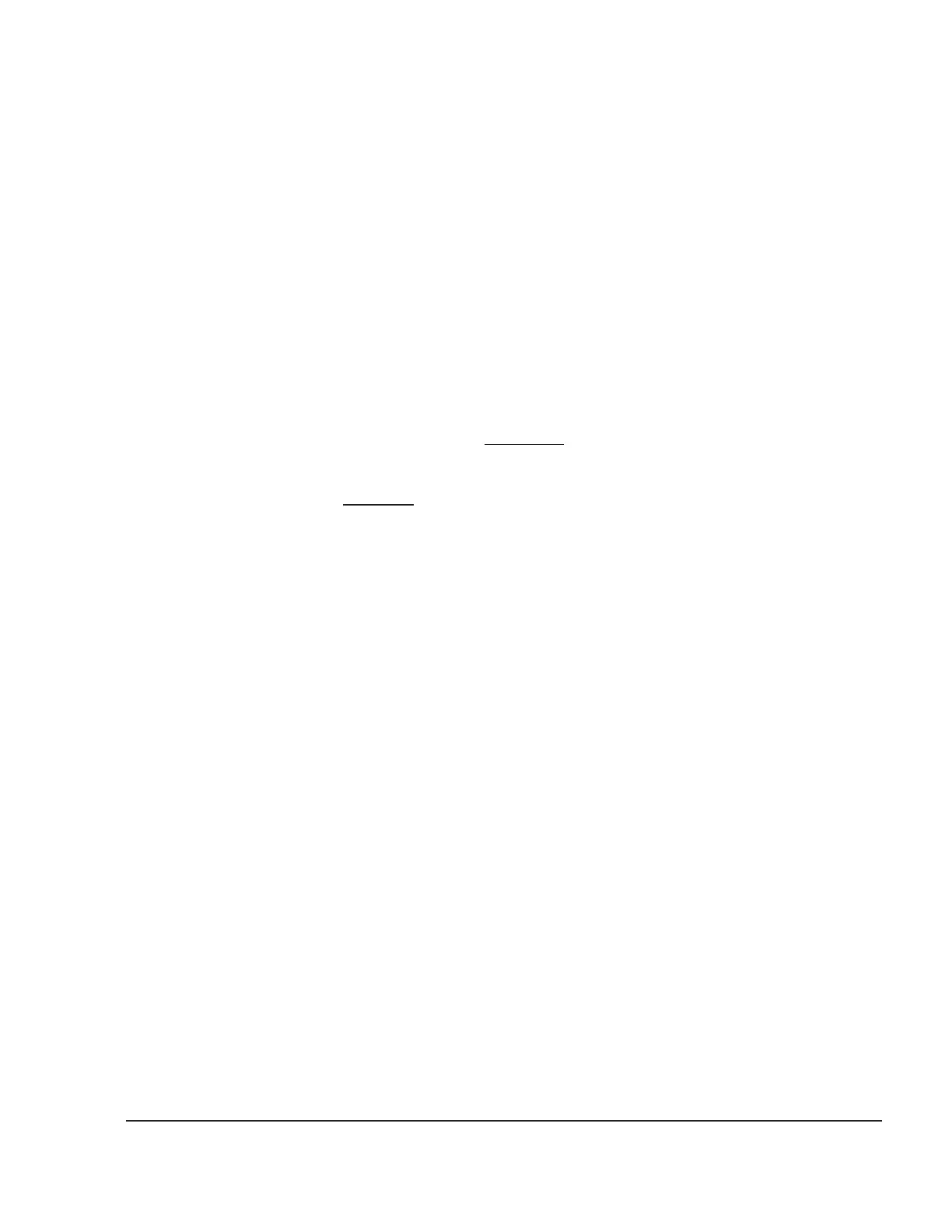Effectivity 914 Series
Edition 1 / Rev. 0
page 9
May 01/2007
d02623
73-00-00
BRP-Rotax
Maintenance Manual
Part of the fuel flow from the pumps (approx. 100 l/h) is routed back to the fuel
tank via the diaphragm controlled cone valve (8), thus establishing a pressure
0.25 bar (3.6 p.s.i.) higher in the top chamber (fuel side) than in the lower
chamber (air side).
Since the lower chamber is connected with the airbox via the pressure line, the
pressure of the fuel entering the carburetor will also be 0.25 bar (3.6 p.s.i.) above
airbox/float chamber pressure.
Fuel pressure = airbox pressure + 250 hPa
At 1000 m altitude with the prevailing ambient pressure of approx. 900 hPa, the
following values will arise at take-off performance:
Fuel pressure = 1370 + 250 = 1620 hPa
Therefore the required delivery pressure of the fuel pump will be
1620 - 900 = 720 hPa
Rising airbox pressure will press the diaphragm upwards, thus preventing fuel
flow back to the tank, i.e. fuel pressure rises until equilibrium is reached again.
■ CAUTION: Correct excess fuel pressure is essential for proper functioning
of the carburetor.
- too low fuel pressure (wrong calibration, malfunction of regulator or fuel
pumps...) leads to a leaner mixture and can result in engine faults or engine
failure as not enough fuel or no fuel at all reaches the float chamber.
- too high fuel pressure (wrong calibration, malfunction of regulator, in-
creased flow resistance, blockage of return line,...) leads to a richer mixture
till flooding of carburetors occurs, causing engine faults or engine stoppage.

